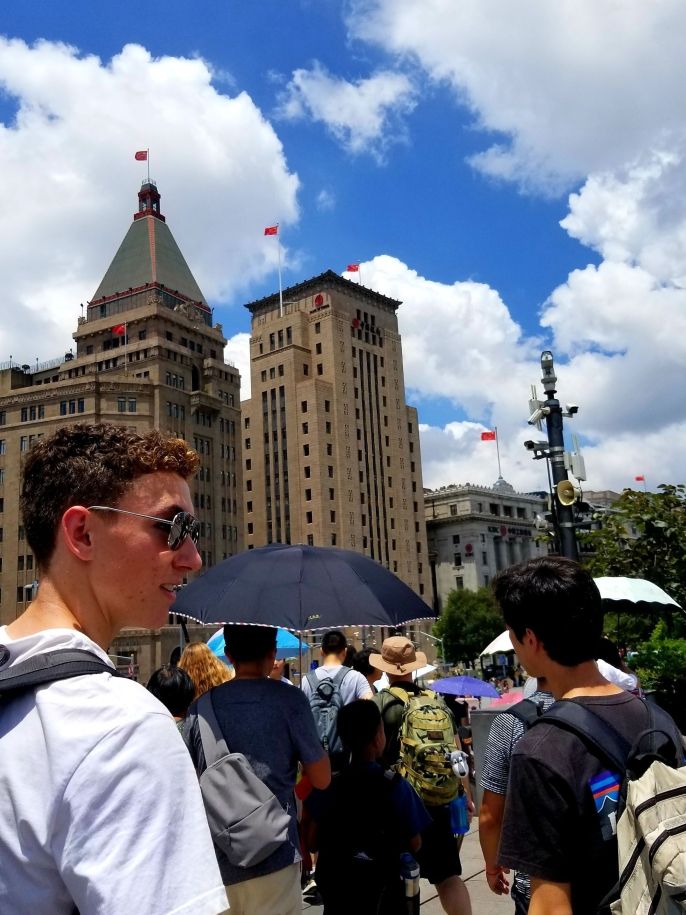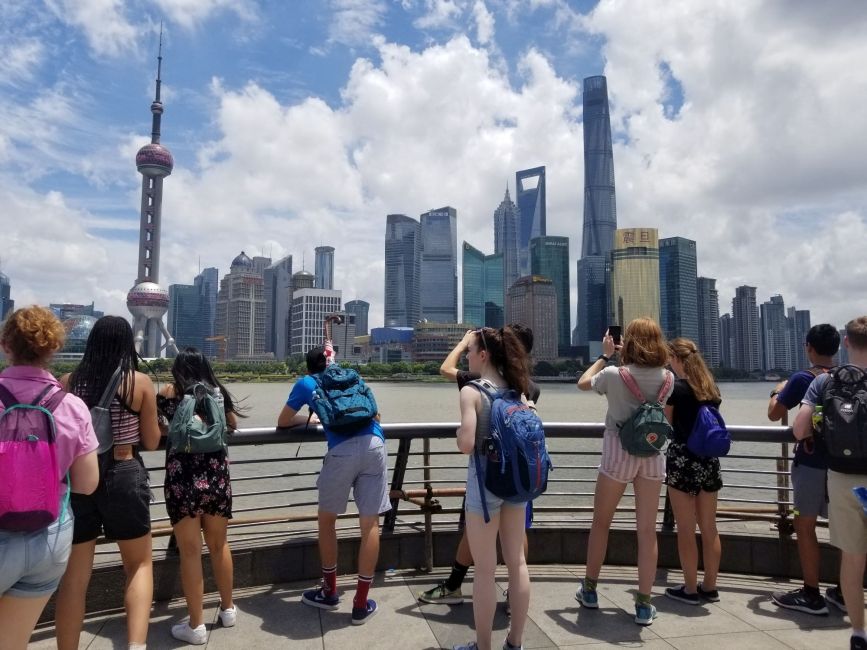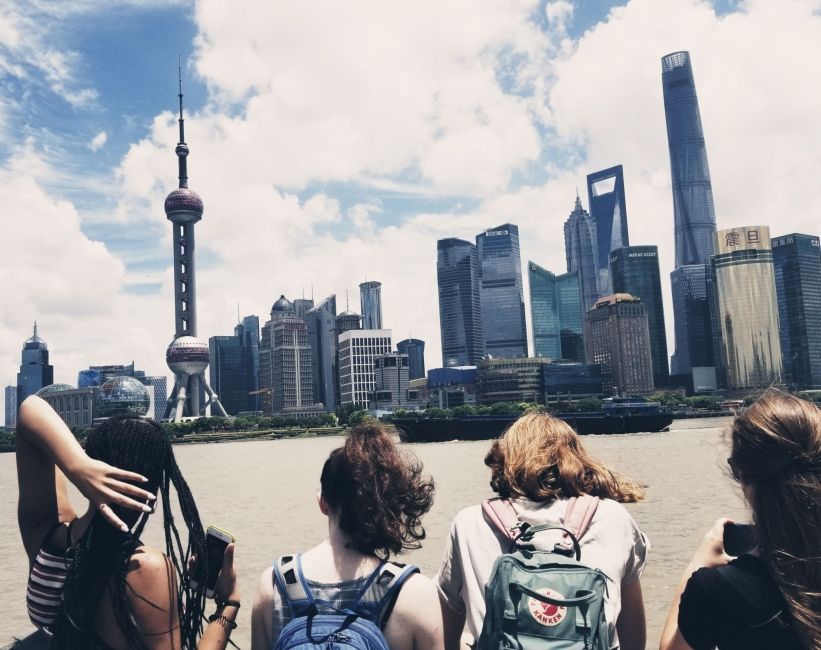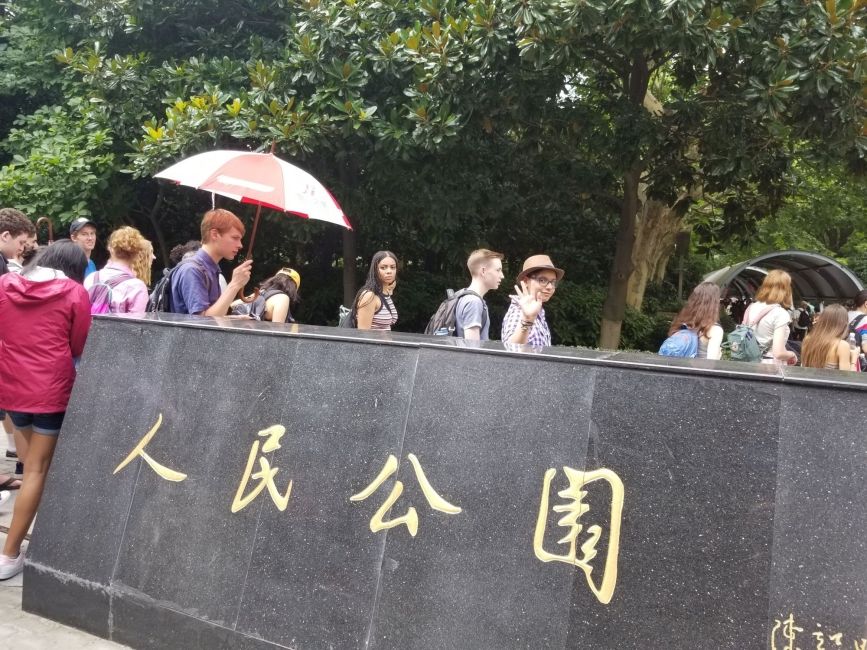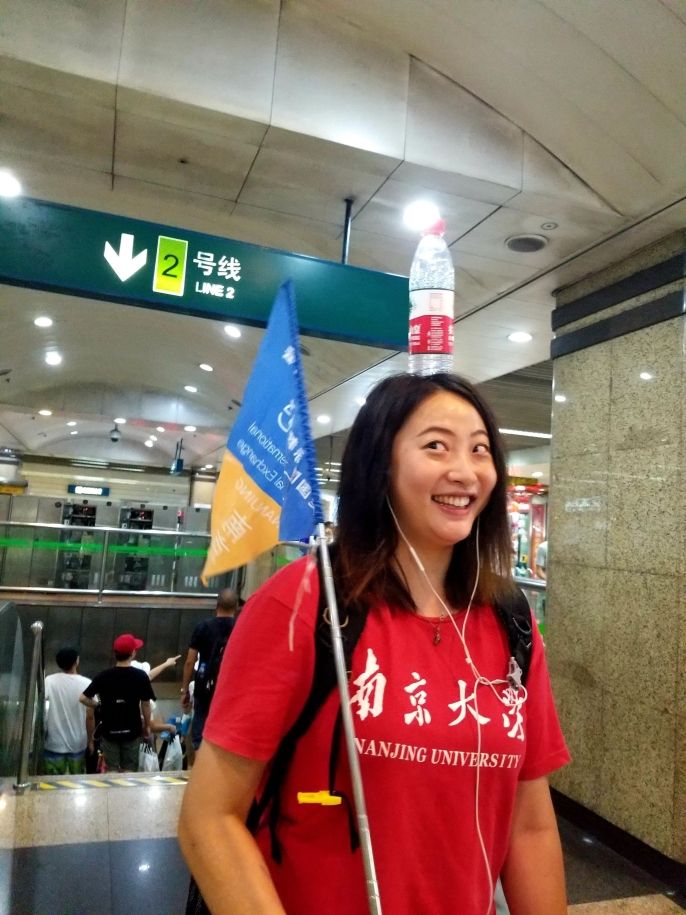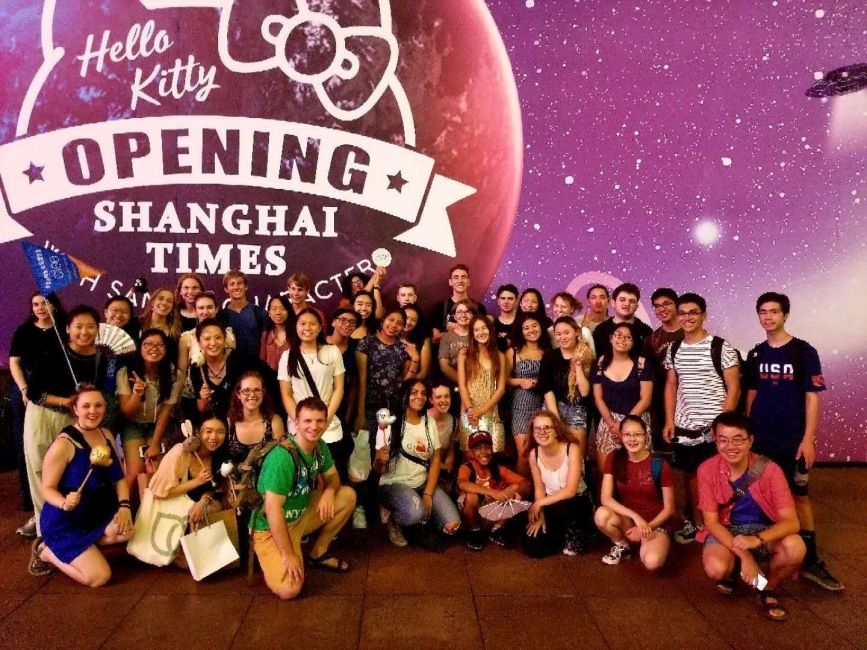Travel Weekend: Our (Many) Adventures in Shanghai!
Friday, July 20 - Sunday, July 22, 2018
We started off our adventure in Shanghai with a delicious group dinner. We ate at a restaurant serving food from the Northeastern part of China known as Dongbei (东北), where our level 4 Chinese teacher, Ji laoshi, is from. After eating our fill, we took the subway to one of Shanghai's many famous shopping areas: Nanjing Road (南京路).
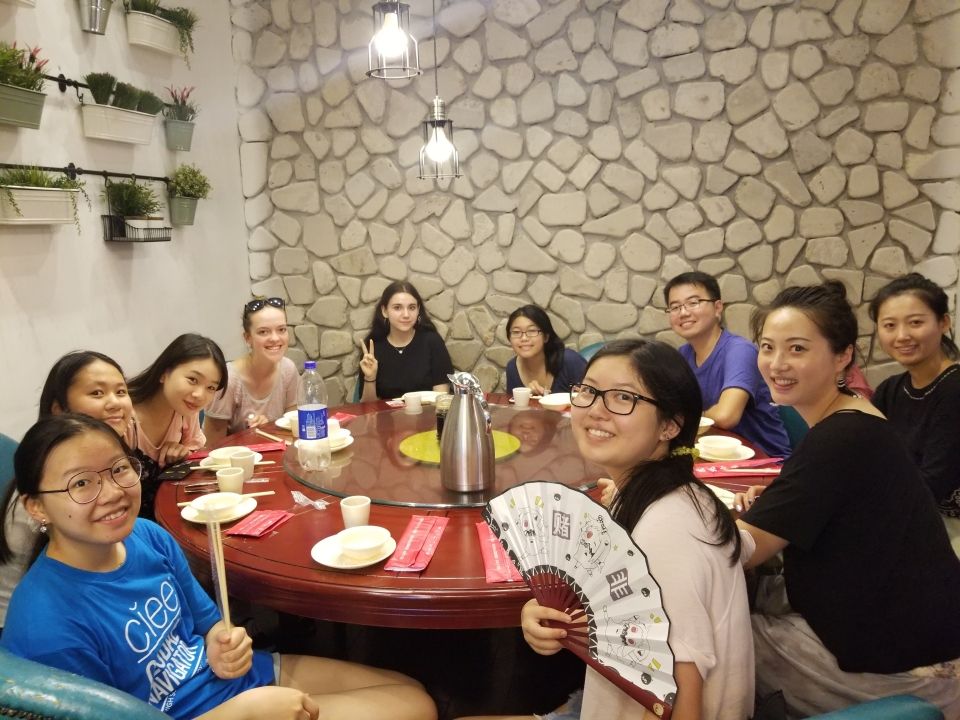
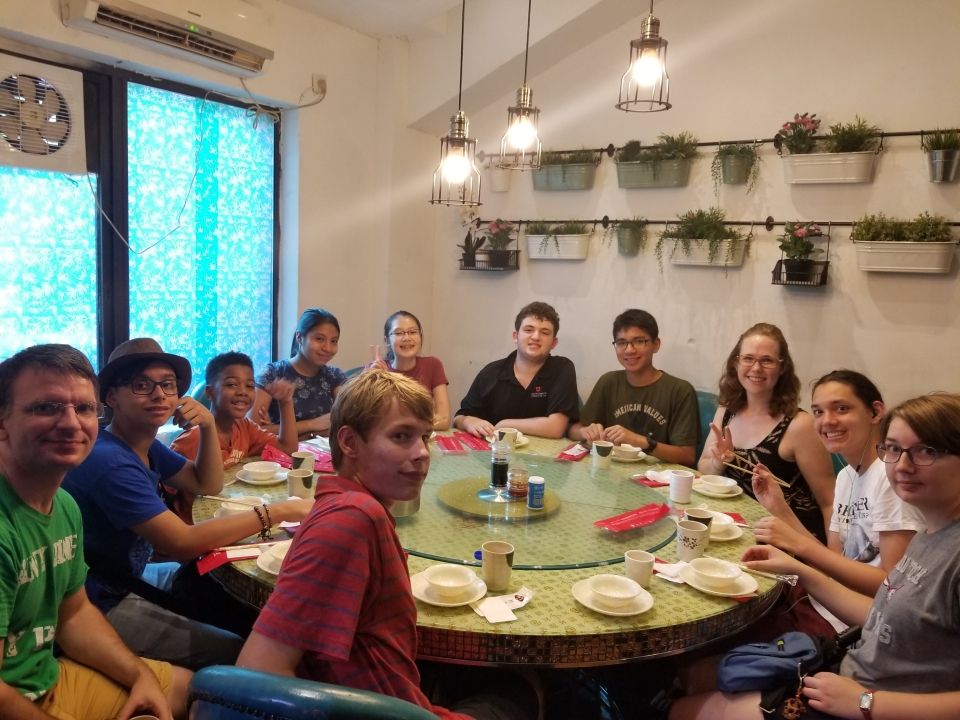
Students went off into groups to shop inside high-end department stores as well as small shops and markets selling clothes, souvenirs, jewelry and other accessories, and food. The farther east they walked down the street, the more glowing neon signs they could see on both sides. Eventually, Nanjing Road runs right into The Bund, Shanghai's most famous site. However, with limited time and large crowds flocking towards The Bund, students were not able to go there on the first night. That beautiful skyline was waiting for them the next day!
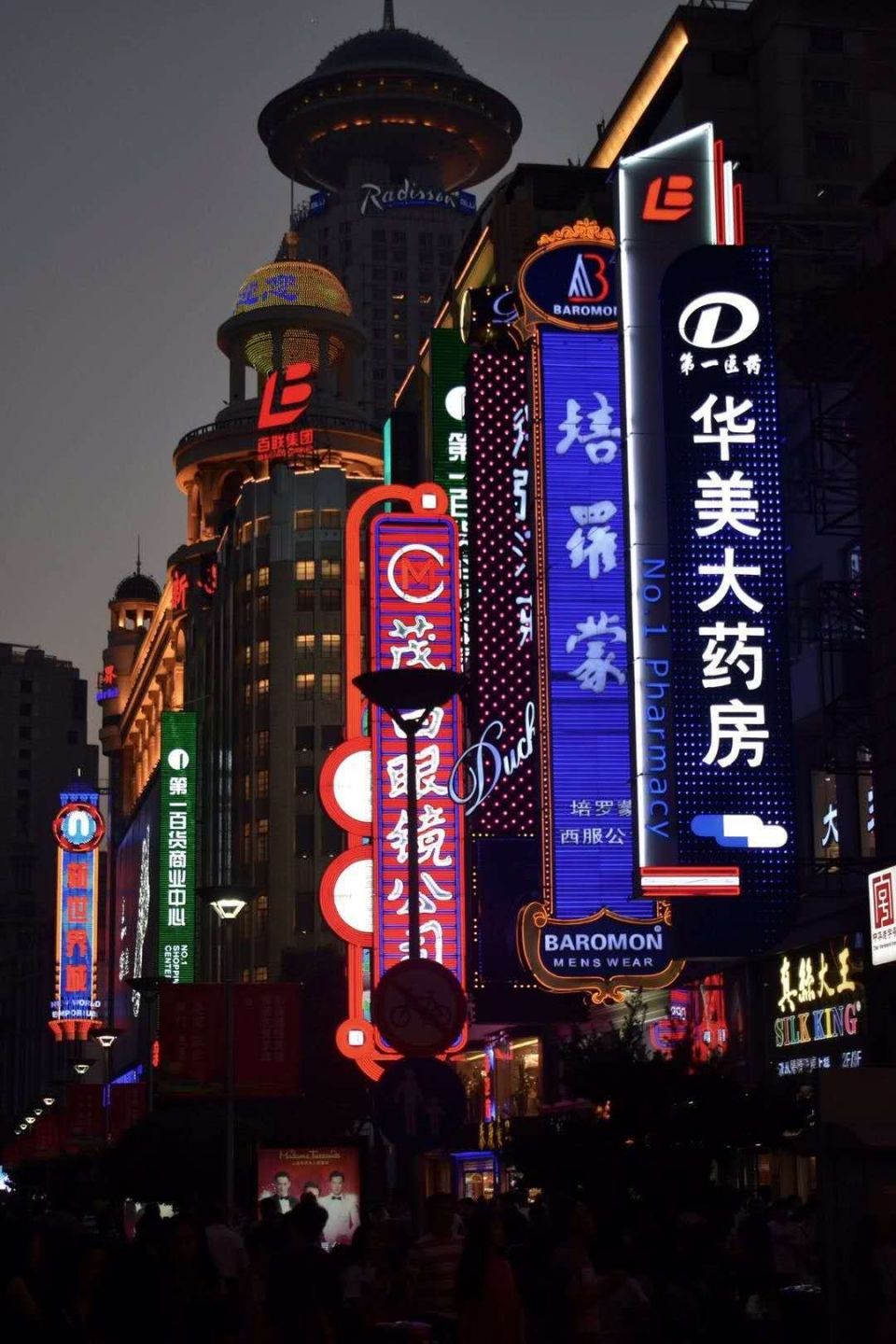
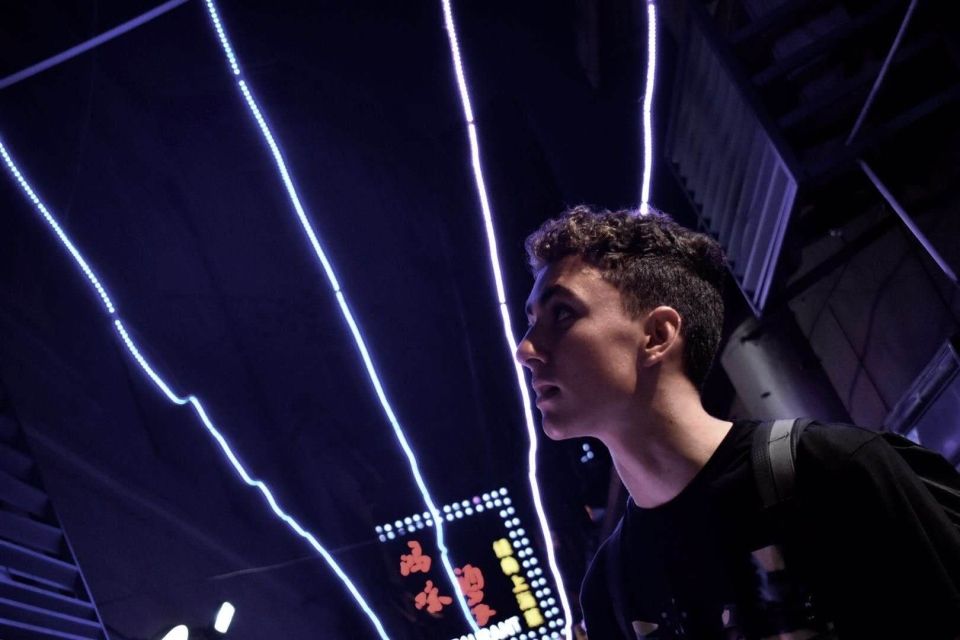
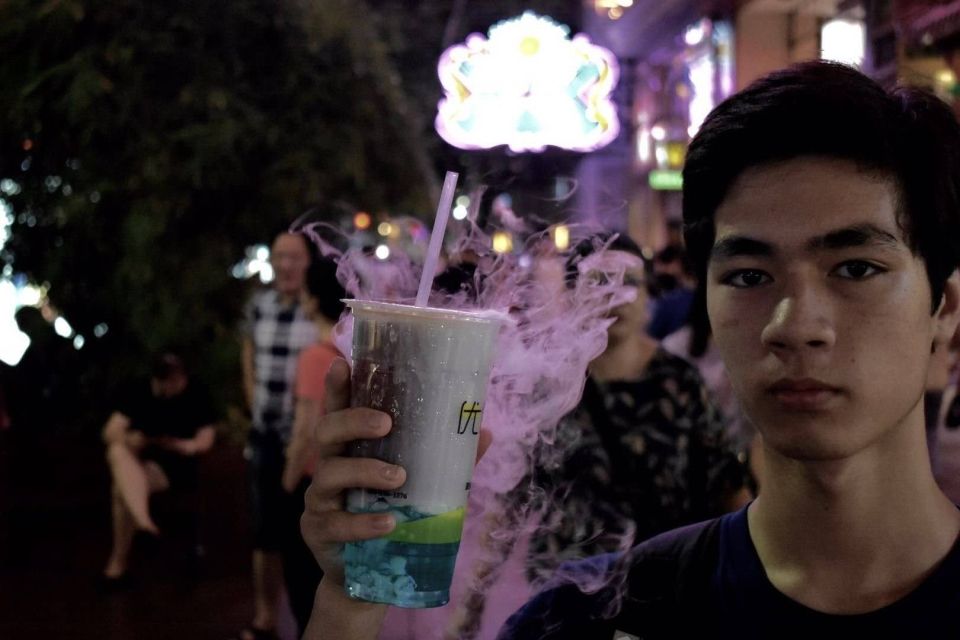
The next morning, after a power breakfast at the hotel, we walked to the Shanghai City Planning Exhibition Center. There, we met Sam, our tour guide for the morning. Sam had been living in Shanghai for 15 years, so he had a lot of valuable insight into the history and development of Shanghai to share with us. He walked us through the City Planning Exhibition Center, pointing out exhibits that displayed Shanghai's history and expanding upon them.
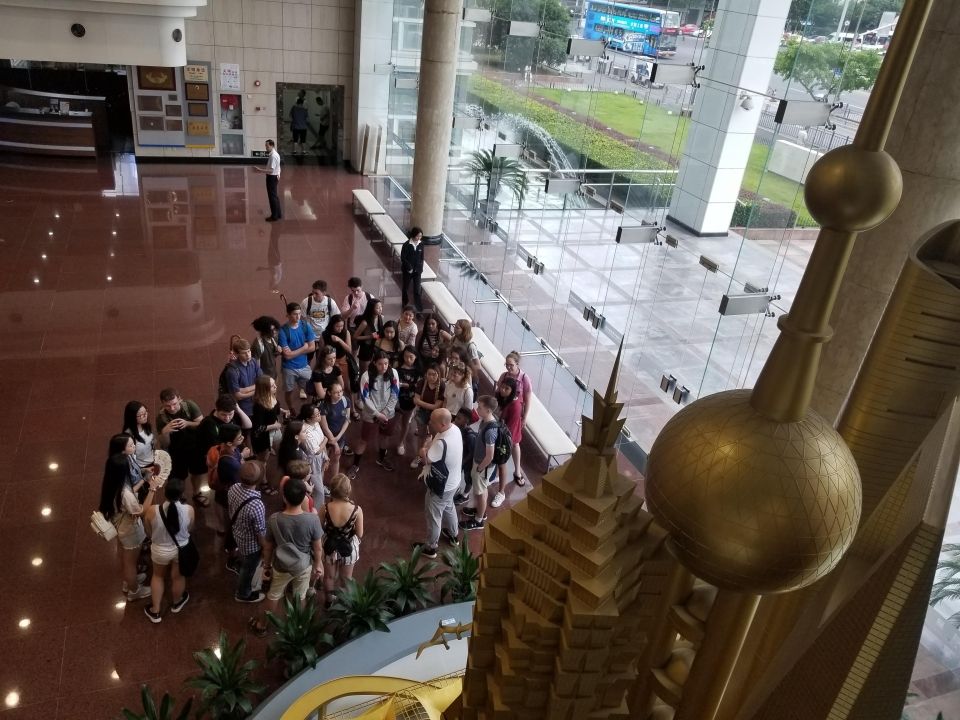
To give a summary of what students learned, before it was opened as a major trading port during the last dynasty of China (the Qing Dynasty), Shanghai was a small, swampy, agricultural village. After the First Opium War, in which the British defeated Qing military forces, Shanghai and 4 other cities along the Southern coast of China were opened to British merchants for trading. Soon afterward, merchants from France, Germany, and the USA also began flooding into Shanghai to trade. Each country established its own concession, wherein it was not subjected to Qing government laws.
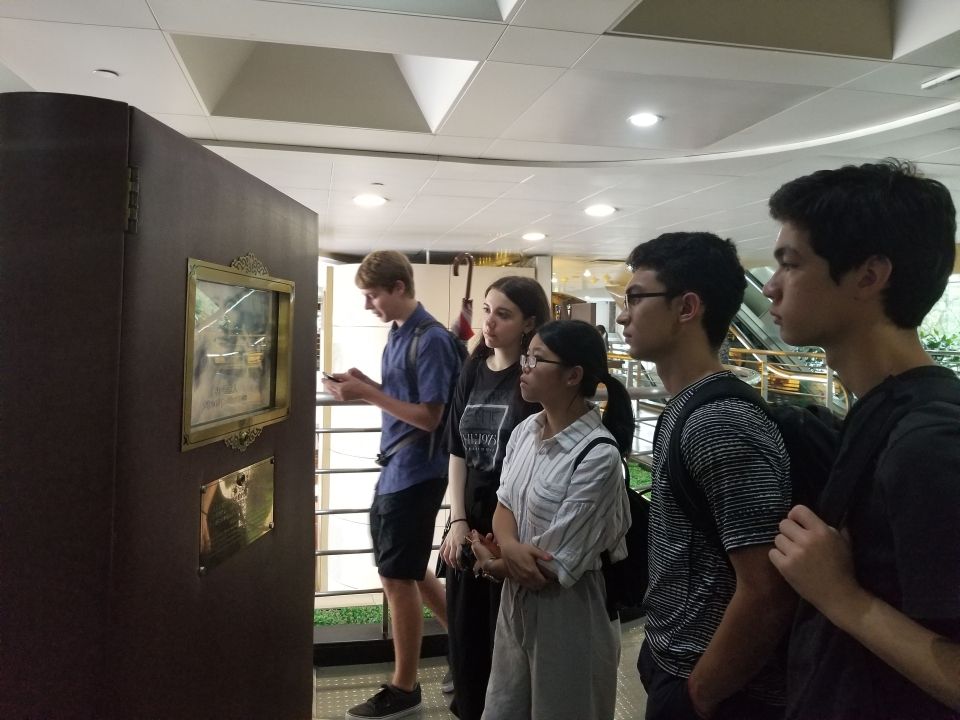
After the first Sino-Japanese War, Japan also emerged as a foreign trading power in Shanghai. After the 1917 Revolution in Russia, many Russian citizens also fled to Shanghai. During World War II, European refugees, including Jewish people escaping from the Holocaust, also made their way to Shanghai to find solace.
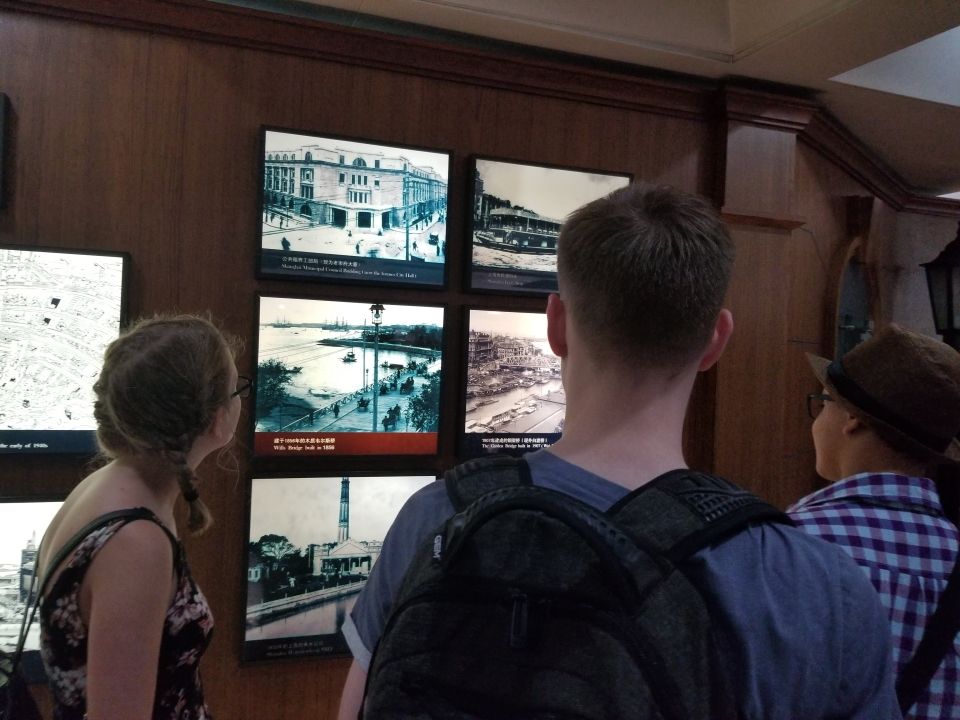
Ultimately, after the Second Sino-Japanese War, Japan took over all the foreign concessions in Shanghai. Following the bombing of Pearl Harbor, the Japanese ended all its foreign concessions in Shangai. The French were the last to end their concession in Shanghai after the end of World War II. On May 27, 1949, Shanghai was taken over by the Communist Party.
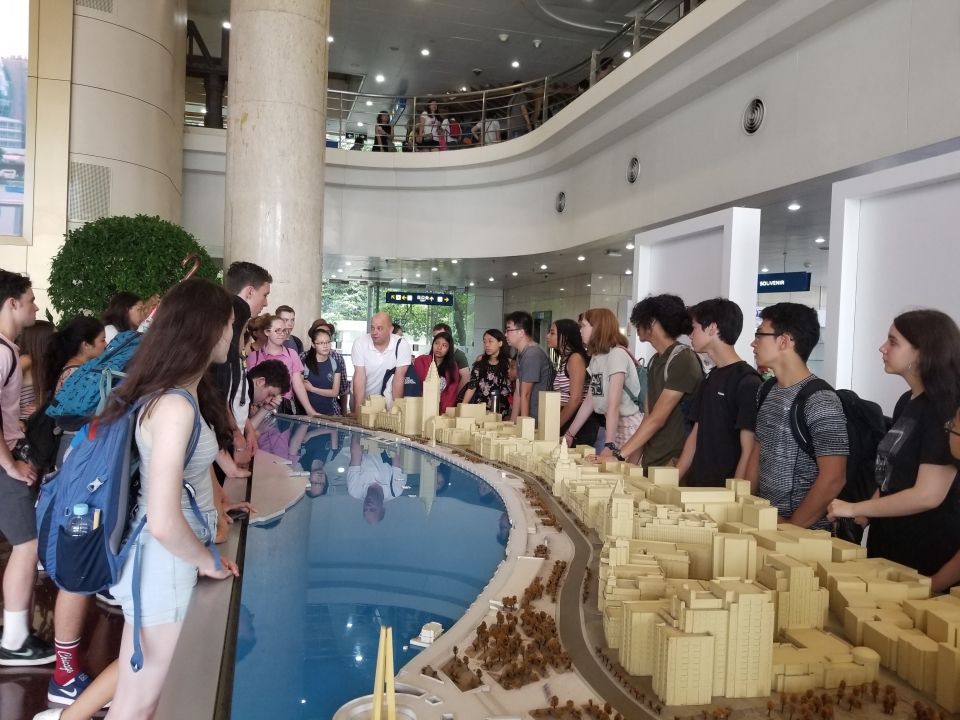
The city of Shanghai, therefore, was divided in half between Western/European expats and local Chinese people for almost one hundred years, which contributed to its economic prowess and unique multi-cultural landscape and identity.
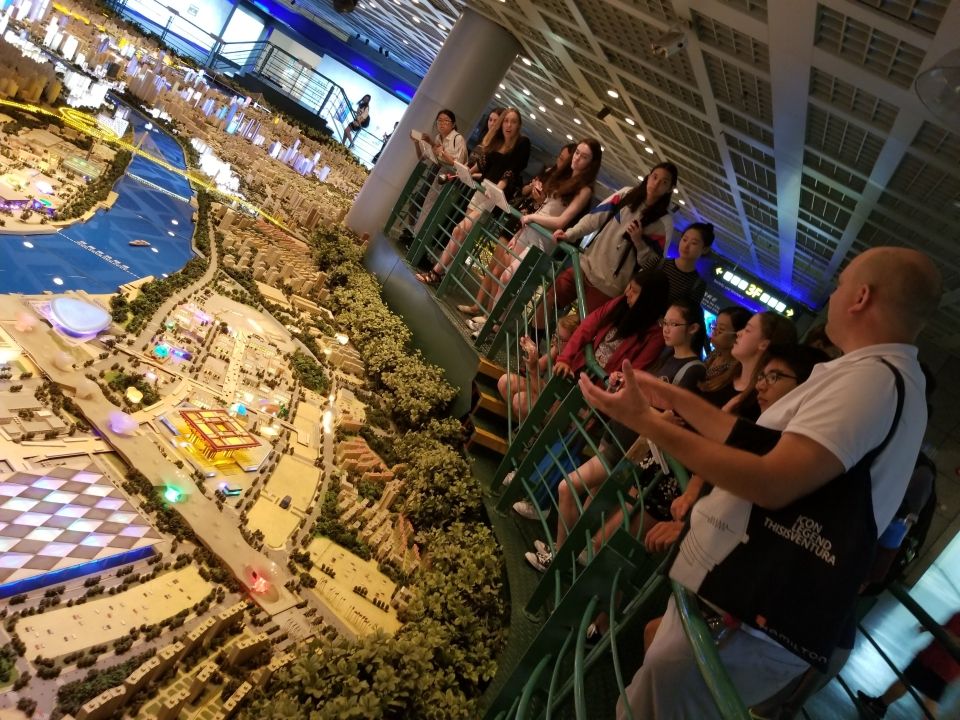
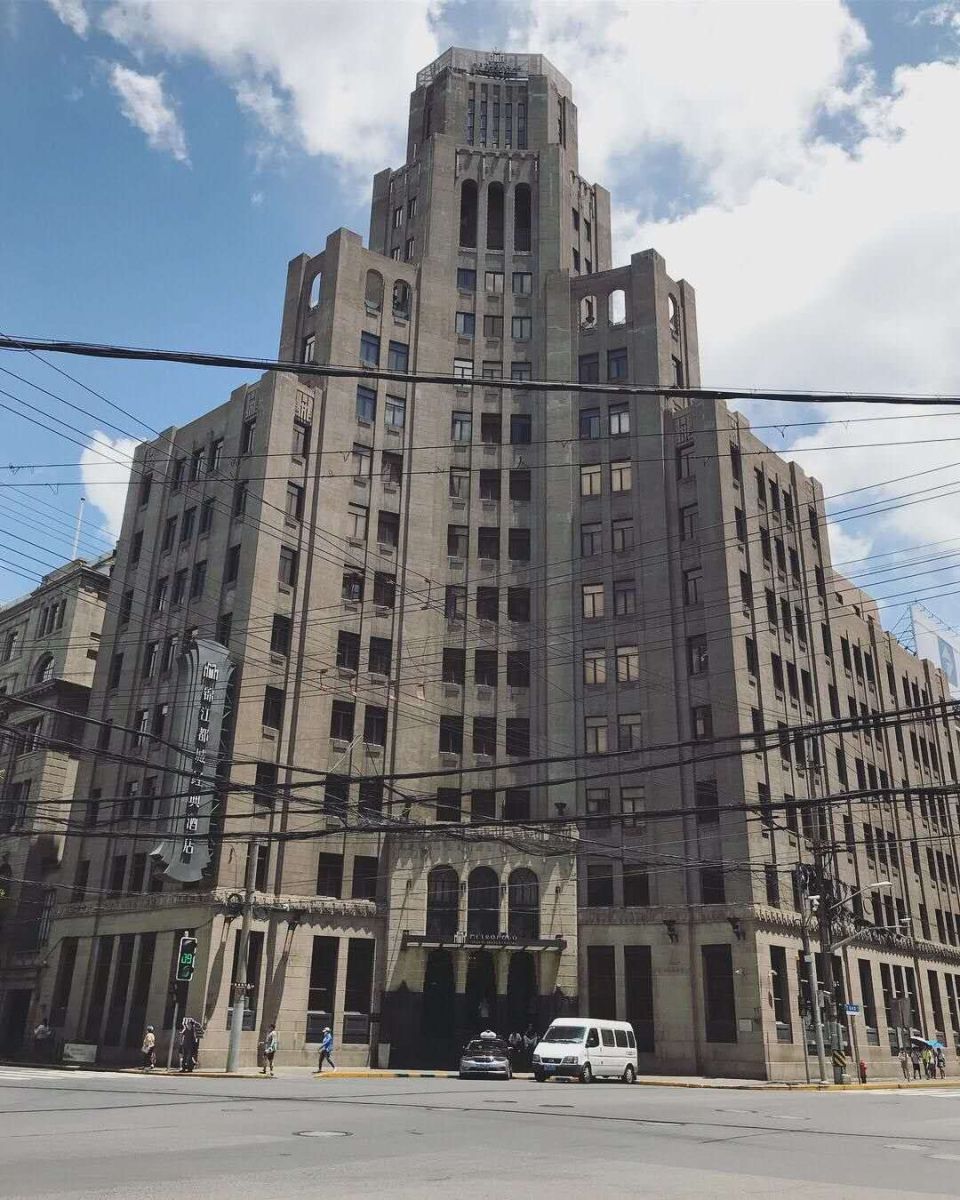
Once we had a solid understanding of Shanghai's history of colonization and foreign trade, we began our walk to the famous Bund.
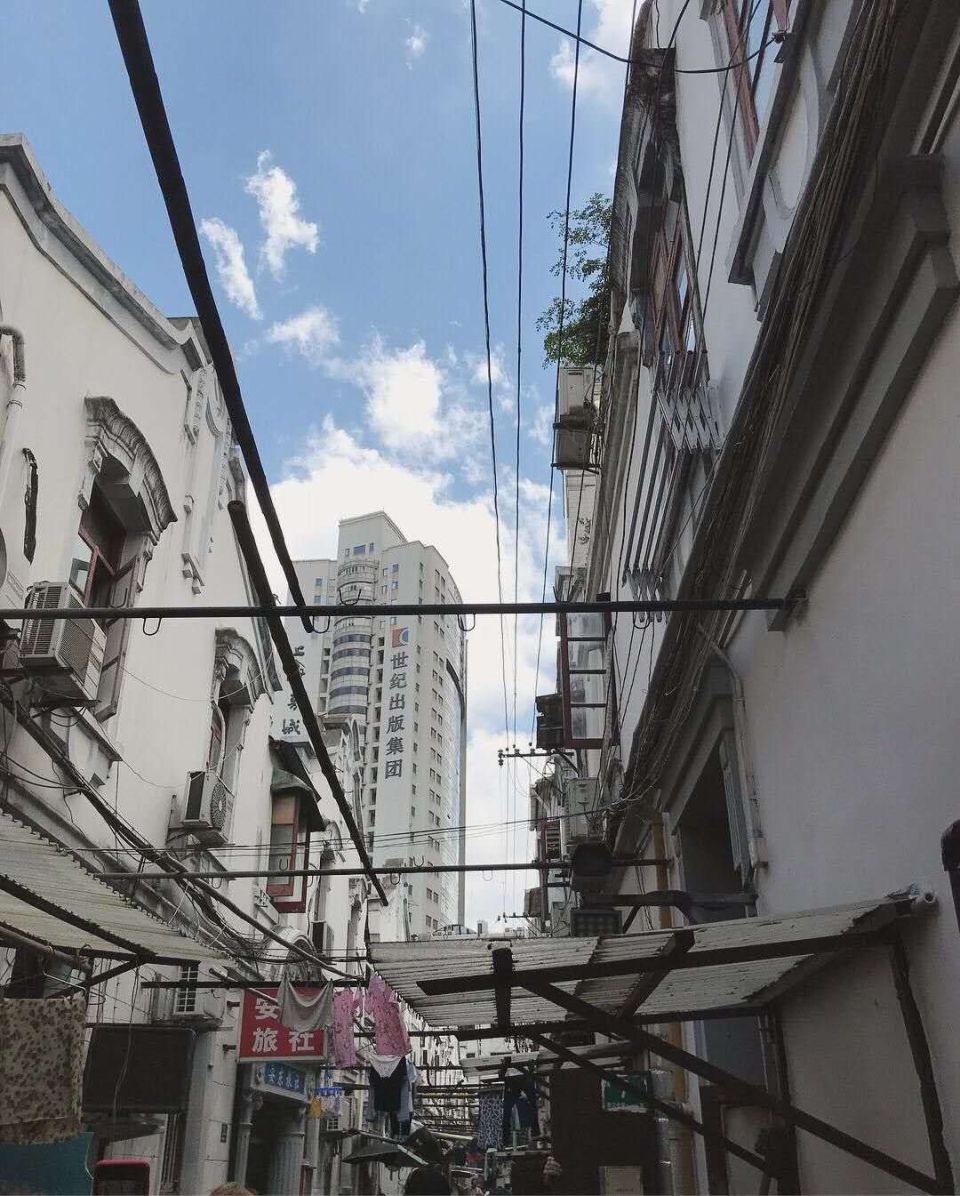
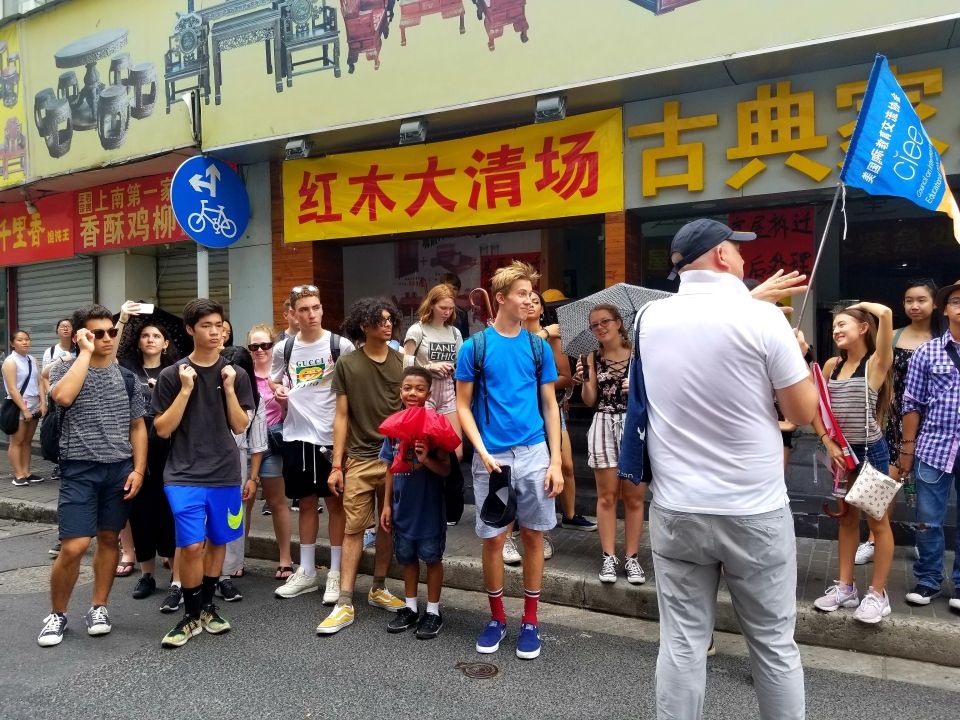
The Bund is located along the bank of the Huangpu River. The Bund is called Waitan (外滩) in Chinese, which literally means "The Outer Beach." The name dates to the period of European concession in Shanghai, during which The Bund area was occupied and developed by international powers. The Chinese concession was far outside the area along the river, and, at the time, the Chinese saw The Bund area as useless marshland that could never be built upon. The English name (The Bund) was given by the British. It came from a word in Hindi that meant 'embankment.'
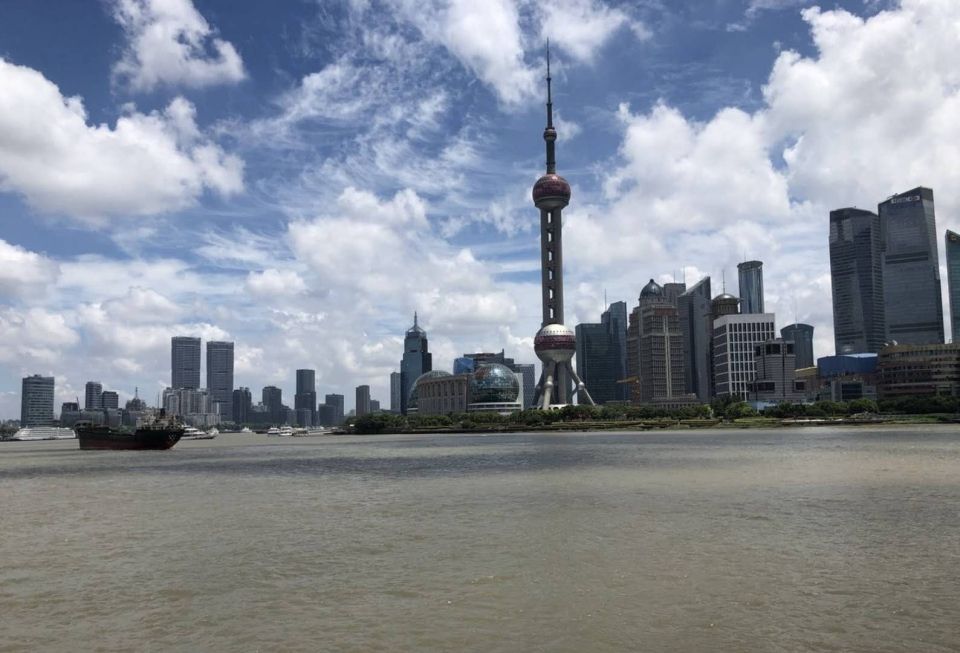
Both older and modern buildings are found on either side of The Bund. Some of the most lucrative businesses and companies in the world have buildings and headquarters located in or near The Bund. Students had a blast taking pictures of the gorgeous skyline and came back with some pretty amazing shots!
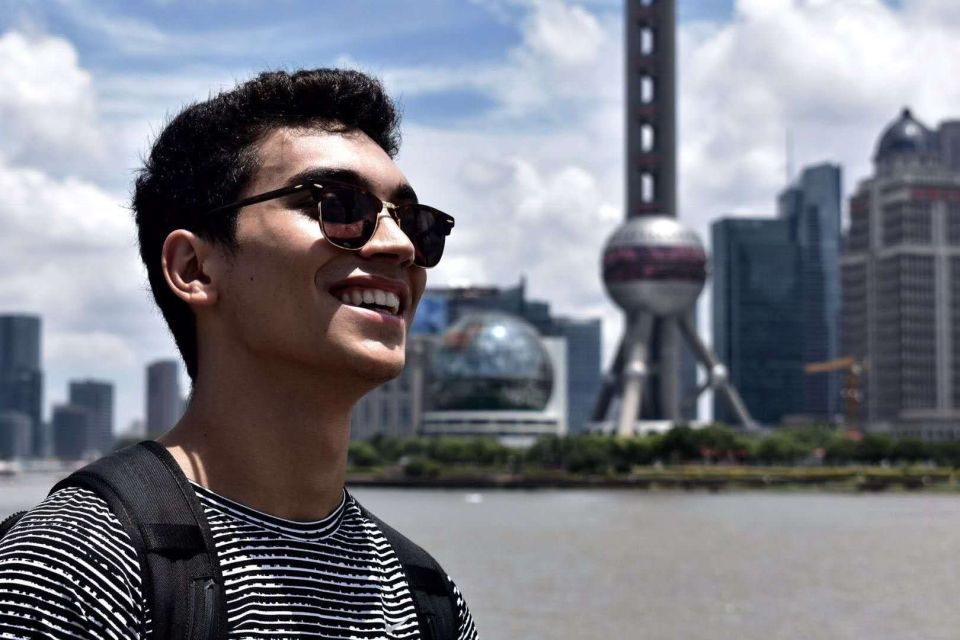
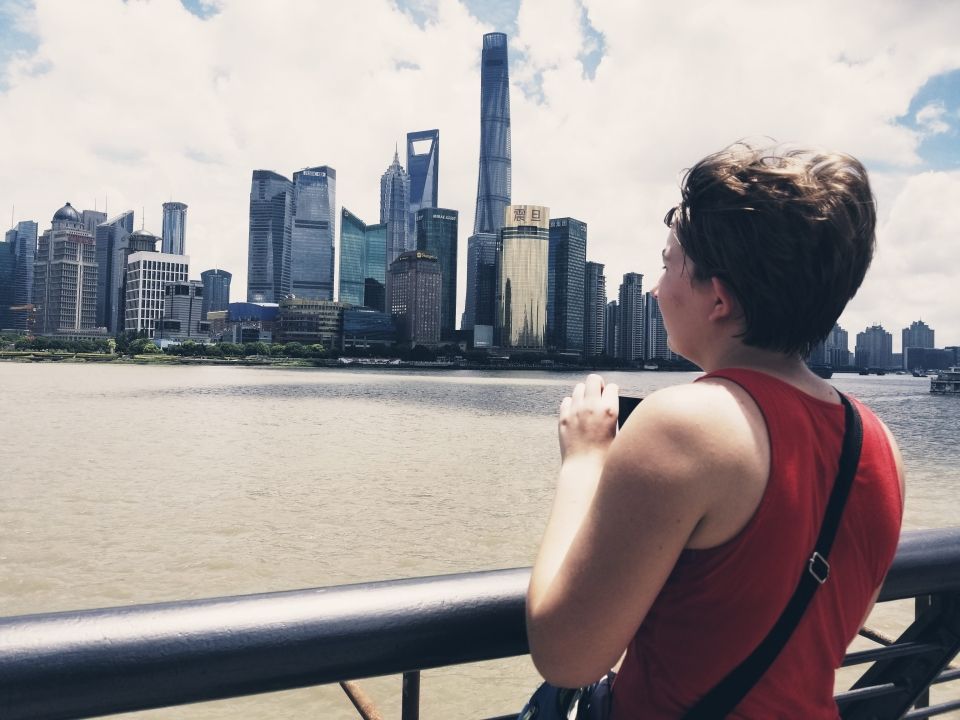
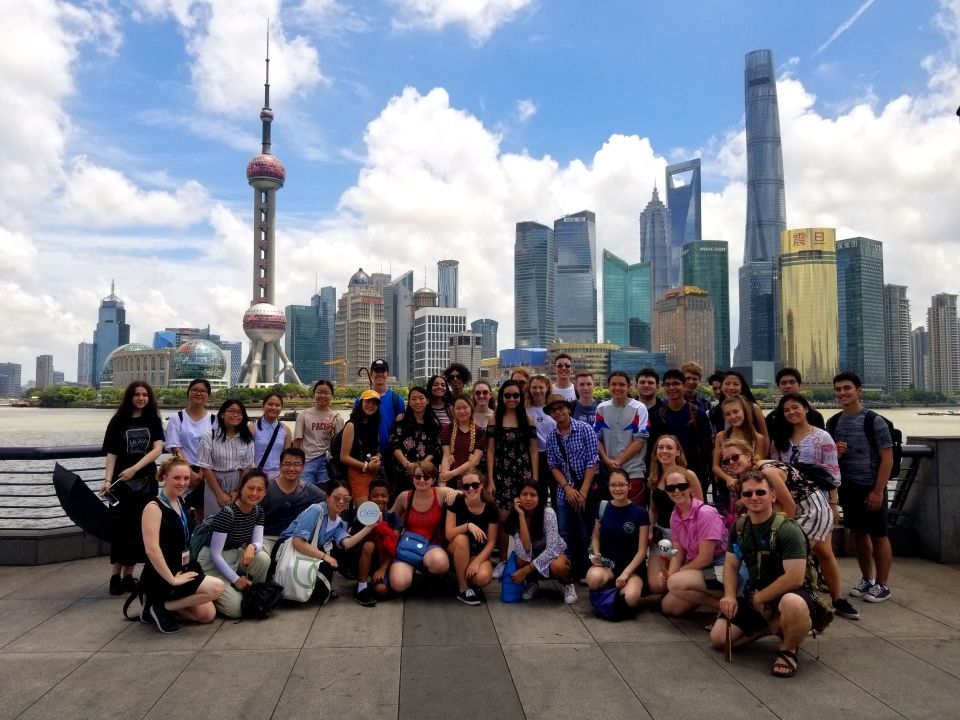
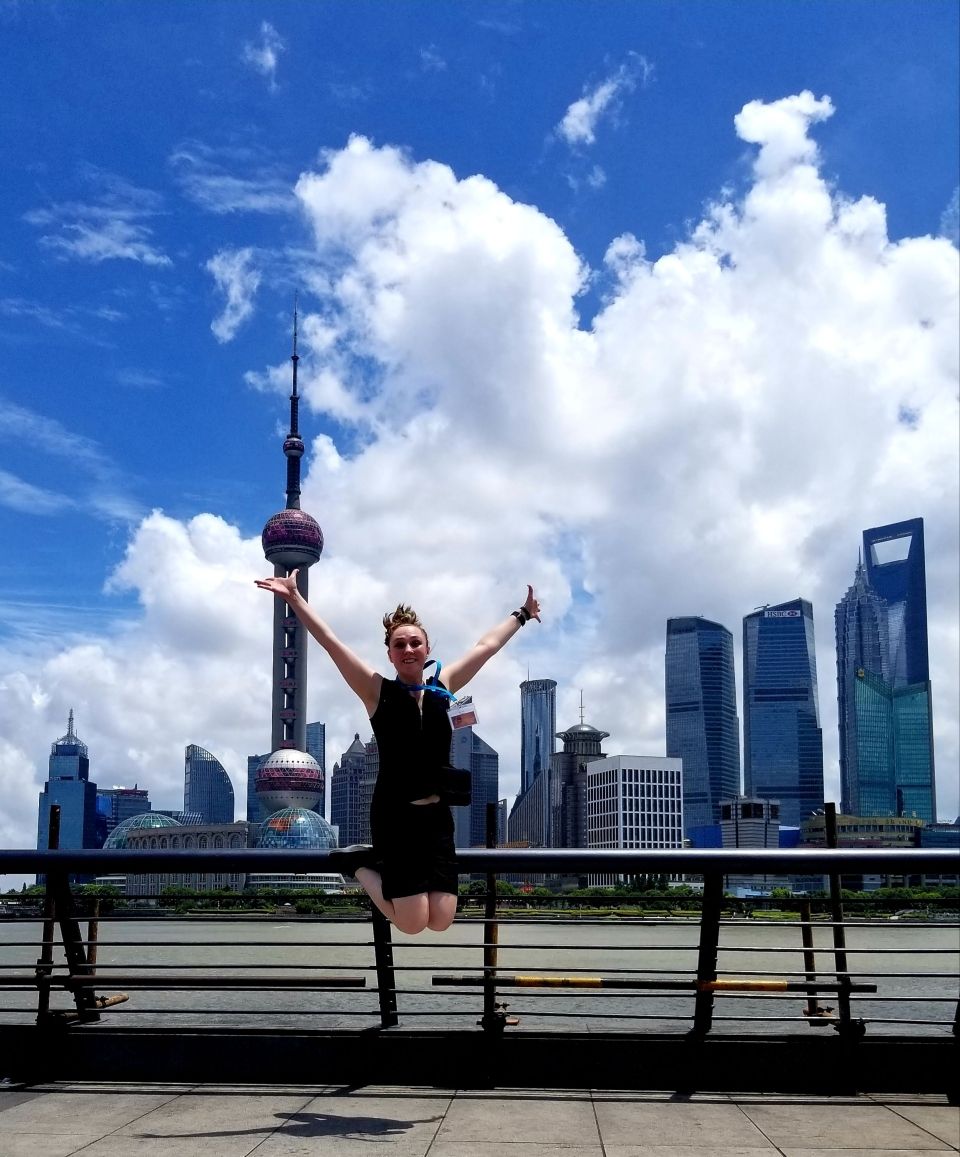
After a well-earned group lunch (we did a lot of walking that morning), it was the moment that students had been waiting for: time to go to one of Shanghai's biggest "fake markets!" We took the subway to AP Xinyang Fashion and Gifts Market (上海亚太新阳服饰礼品市场). AP Xinyang Plaza is the biggest "fake market" in the Pudong district of Shanghai, the same district where The Bund is located. It has a large collection of shops and stalls, selling fake designer brand products as well as souvenirs of all kinds. With almost 3 hours to shop for gifts for friends, family, and themselves, students bargained hard and walked away with quite a few deals.
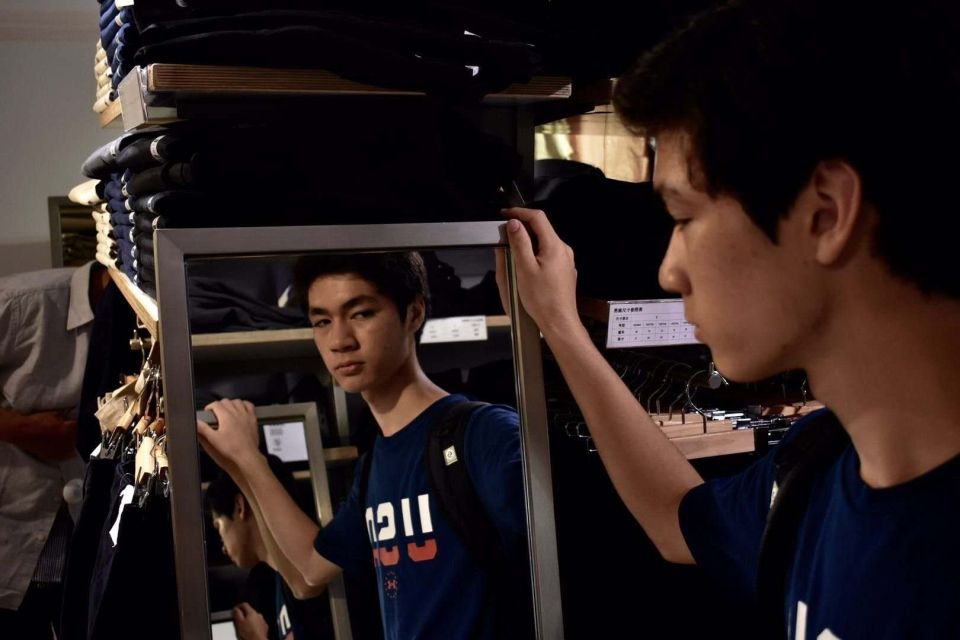
Shopping bags in hand, we headed over to our final stop of the day: the Pudong Area (浦东地区, 上海国金中心商场). The Pudong Area is located on the east side of the Huangpu River across from the historic city center of Shanghai. This area of Pudong is now home to the Lujiazui Finance and Trade Zone, the Shanghai Stock Exchange, and many of Shanghai's best-known buildings, such as the Oriental Pearl Tower, the Jin Mao Tower, the Shanghai World Financial Center, and the Shanghai Tower.
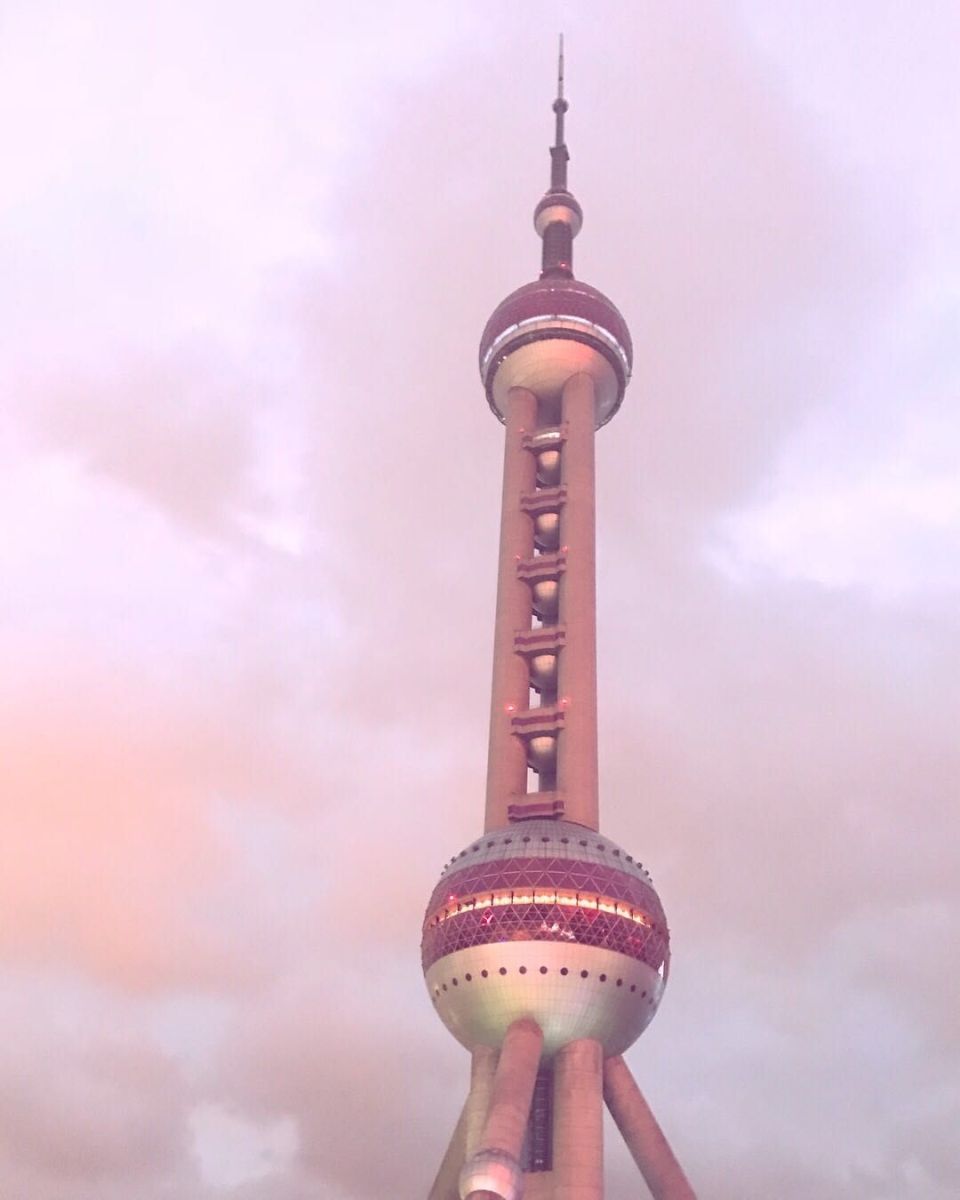
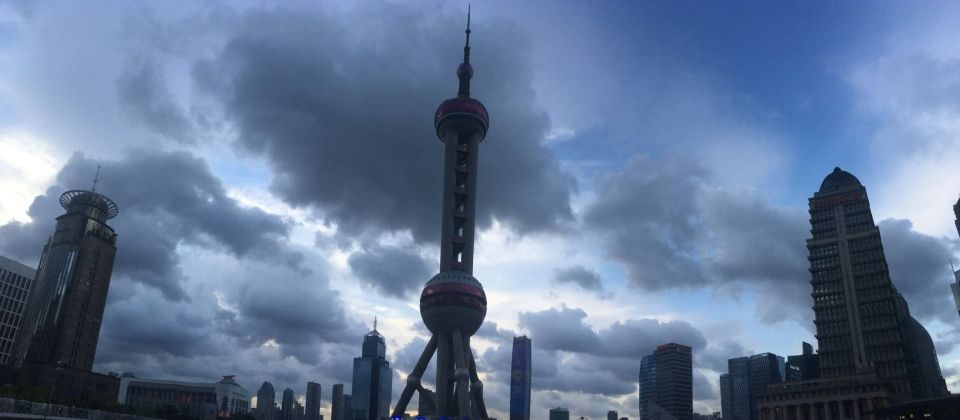
Students were given 2 hours to explore the Pearl Tower and walk around the Pudong Area, which also boasted an impressive array of high-end shopping malls. Many of us chose to eat dinner at the flagship Taco Bell, which was within walking distance of the Pearl Tower. I have to say, with its scrumptious food (burritos, tacos, nachos, churros and all) and fancy restaurant layout, it was quite the enjoyable dining experience!
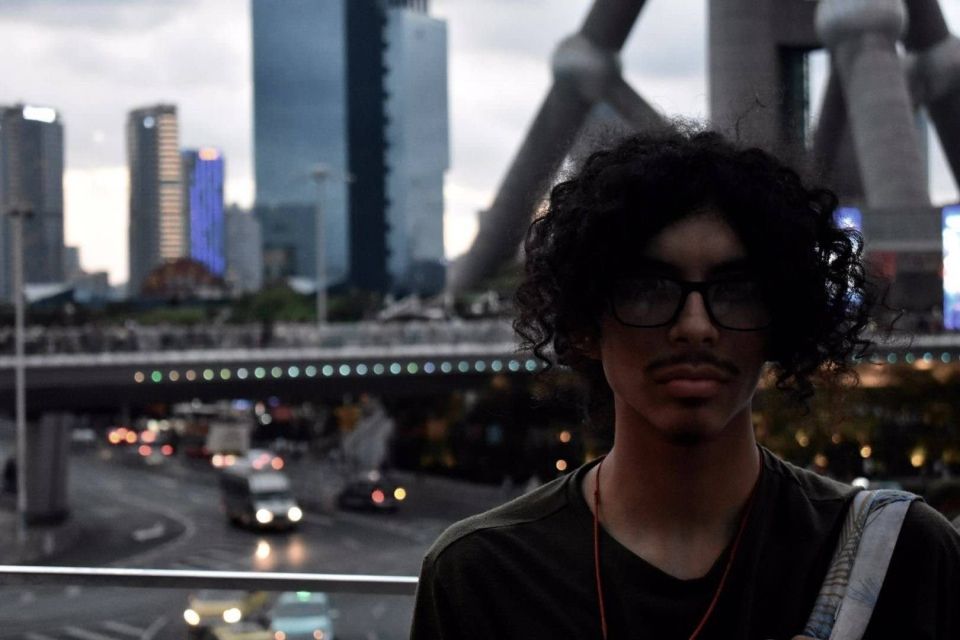
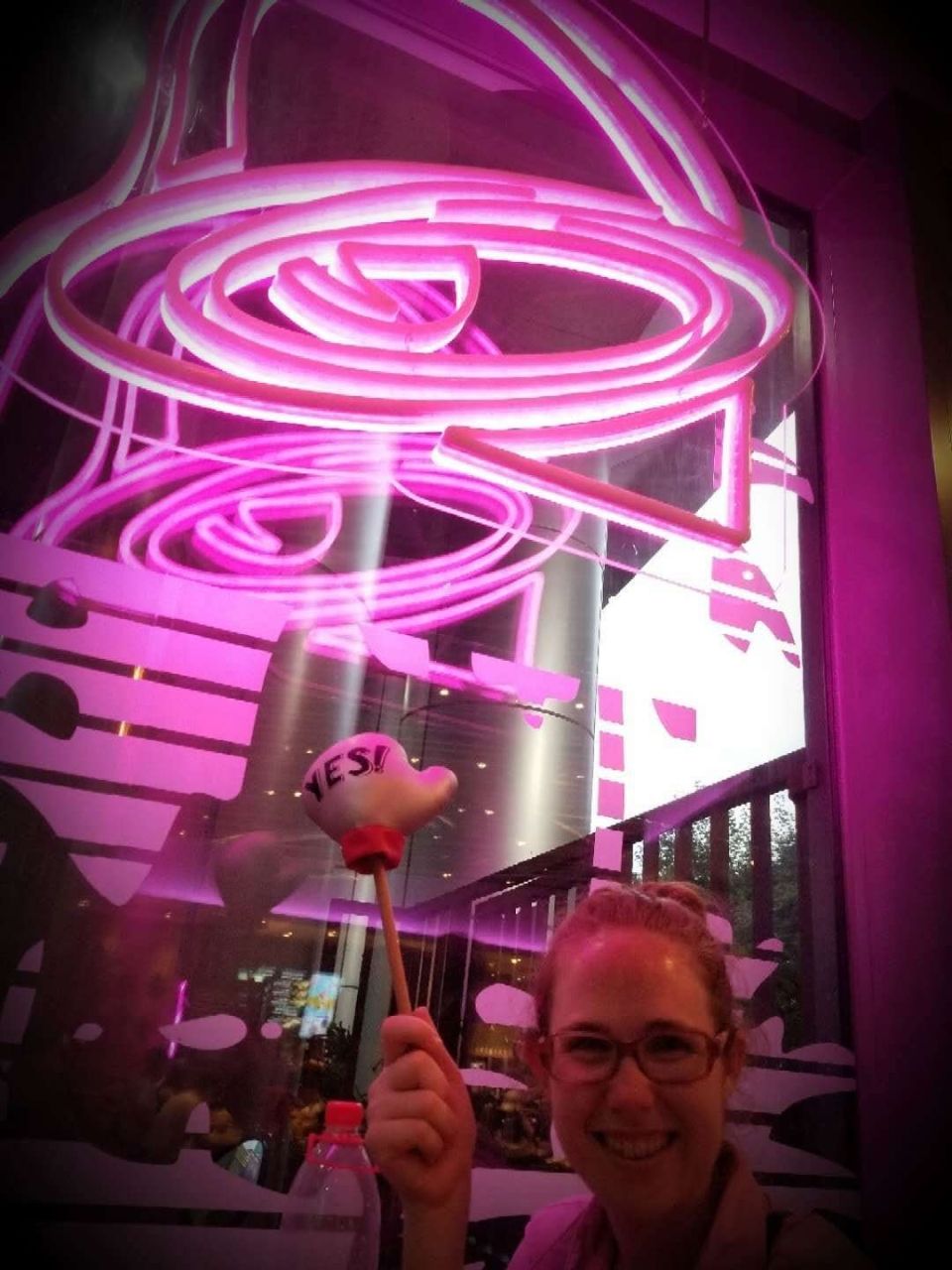
The next morning, we were met with a little complication: a monsoon had made its way into Shanghai overnight. As a result, our high-speed (bullet) train back to Nanjing was canceled. Luckily, our superwoman of a local program coordinator, Sheng laoshi, was able to book us all tickets on a sleeper train (卧铺车) arriving in Nanjing later that evening.
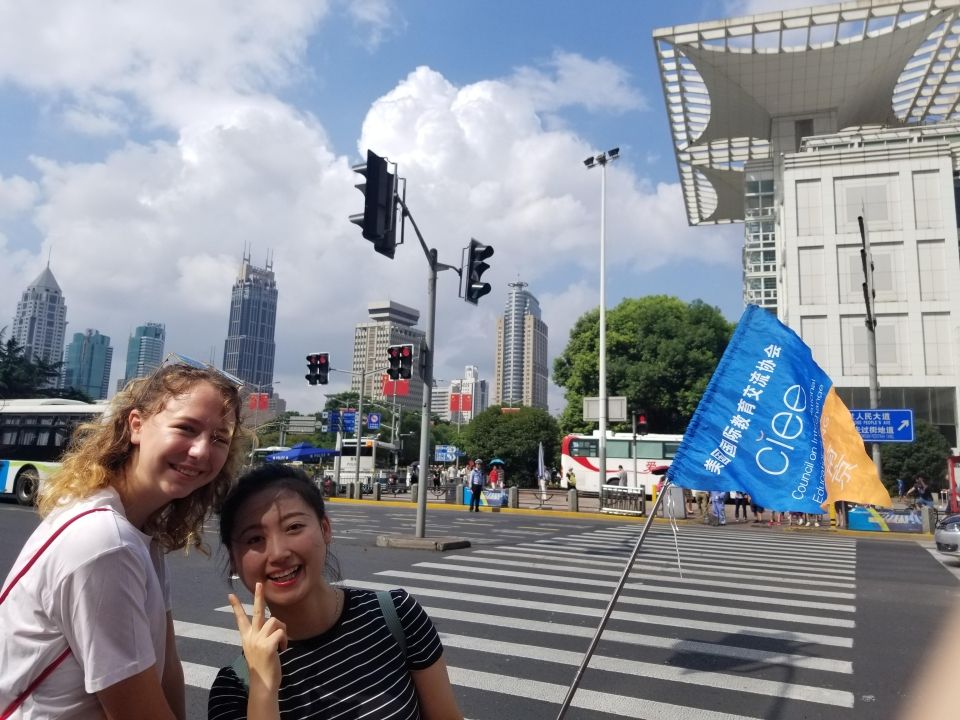
Before heading to the train station, we took students to the Shanghai Museum. Unfortunately, because of the weather, many other tourists also wanted to spend the day inside the museum, which meant that the wait time to get inside was up to 2 hours. On the bright side, the museum allowed all of us to go look around their gift shop, which was huge and housed many traditionally-made products and gifts. After our mini shopping spree in the museum gift shop, we got our umbrellas and raincoats out once again and went back to the hotel to check out.
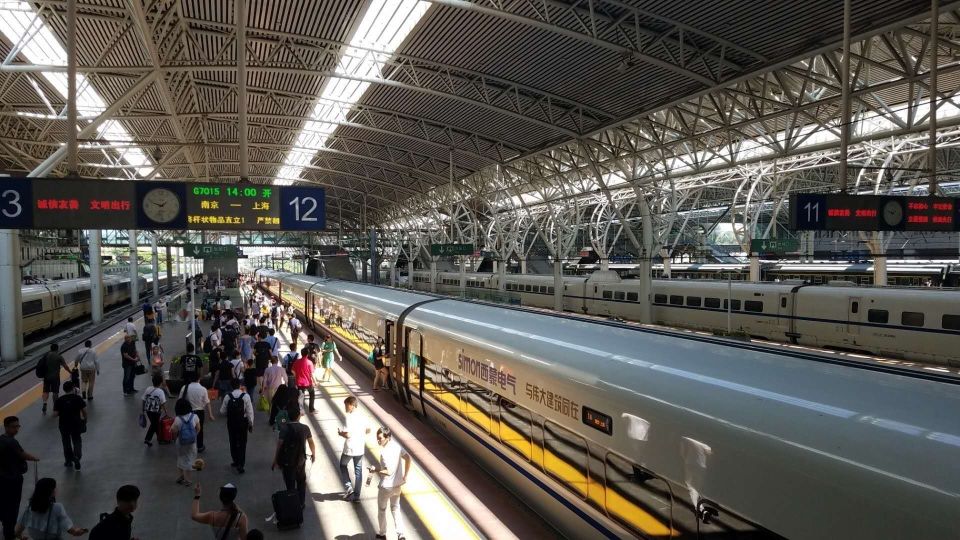
Braving the monsoon rains, we walked with our backpacks and small luggage under our umbrellas to reach the subway. We took the subway to the Shanghai Railway Station, where we caught our sleeper train back to Nanjing around 3 PM. We arrived in Nanjing 5 hours later. From the Nanjing Railway Station, students met their host families or took other subway lines to go back to their host families' homes.
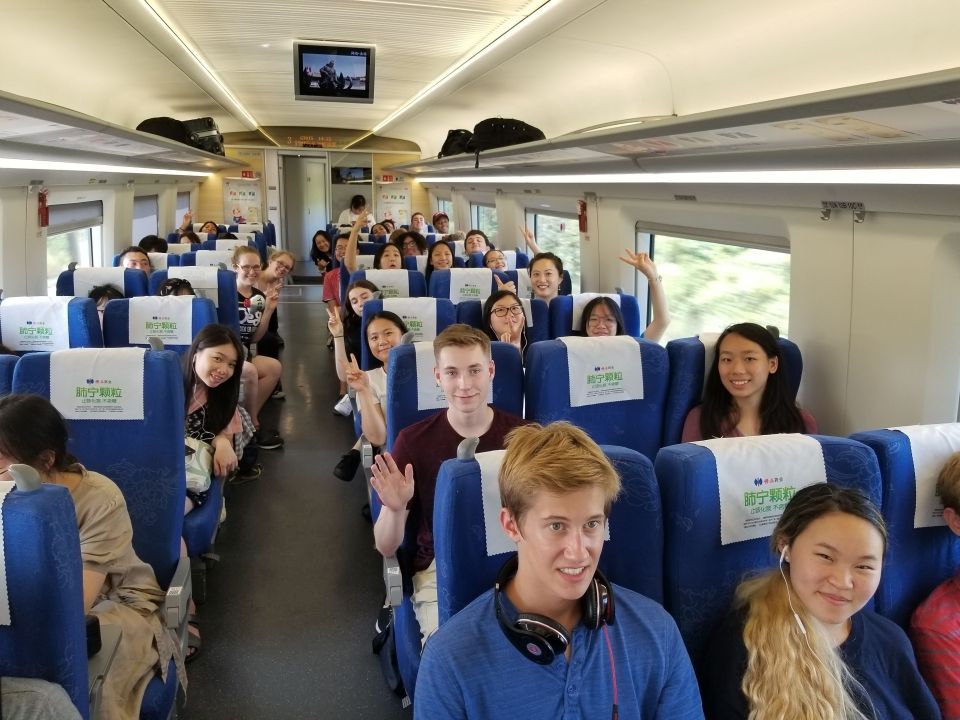
With our busy schedule and visit from a monsoon, our weekend in Nanjing was adventurous, to say the least! The students all seemed to have a great time, as did us program leaders. Many of them even asked, "Can we go back to Shanghai again next weekend?" I think it's safe to say that this trip to Shanghai won't easily be forgotten!
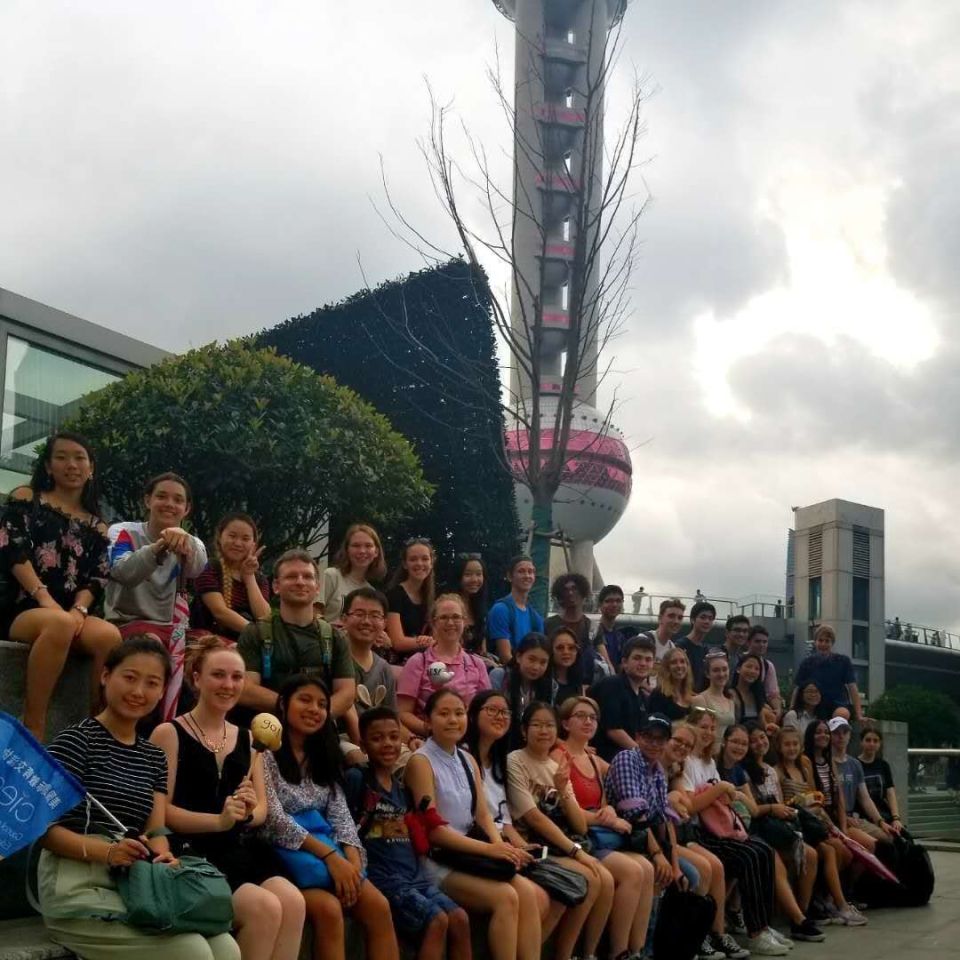
Related Posts
Wuxi (无锡) - Day 2!
Hanfu (汉服) refers to the traditional clothes worn by the Han ethnic people of China. In ancient times, hanfu was distinguished by social status, occupation, and occasions. Those in the... keep reading
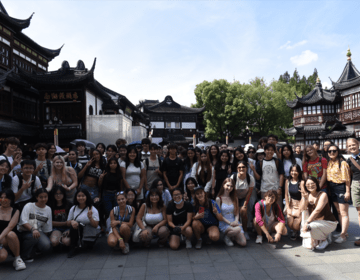
Exploring Shanghai - Visiting Yu Garden and Old City God Temple
On July 18, students visited the Yu Garden (豫园)and the Old City God Temple (城隍庙) in downtown Shanghai. During the excursion, students walked with their peers to explore the history... keep reading
